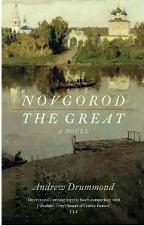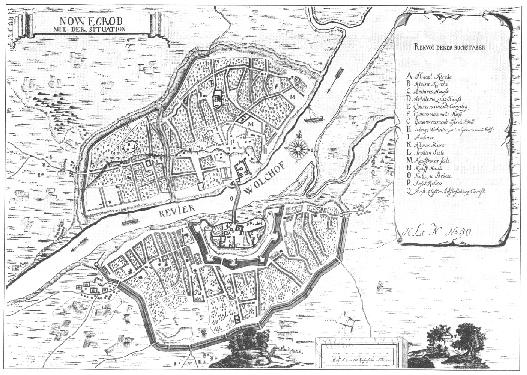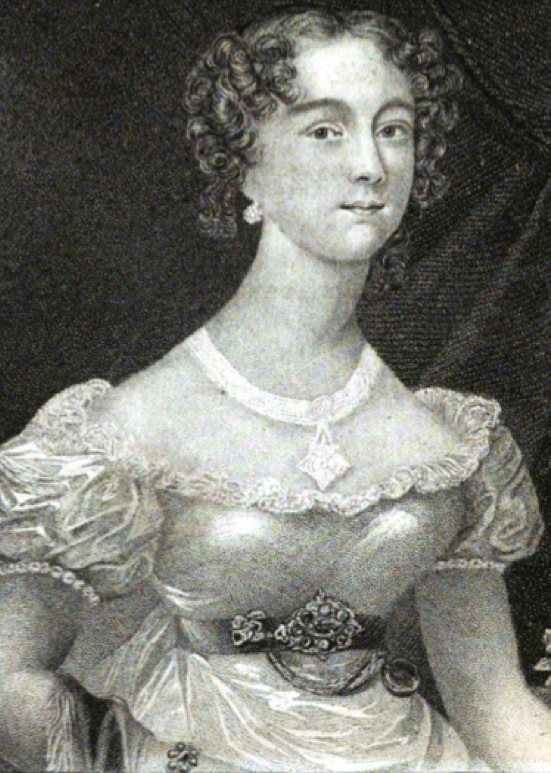Why two cover pictures?


On the right, the rather elegant cover of the first edition shows a detail from Levitan's Evening Bells (1892).
The book is now available in a new edition. This can be bought on Amazon, where there is also a Kindle edition, for those allergic to paper.
On the left, selected for the second edition, the cover is a detail from a picture entitled Dacha at Dusk (1890) by Isaak Levitan (1860-1900), the great Russian landscape artist.
Click on either of the pictures to view them in more detail.
What's the book about?
 Novgorod the Great, ancient city of a thousand saints, August 1833. A young widow and a prosperous merchant encounter each other by chance in an inn kept by a man whose antipathy to all guests is matched only by his violent loathing of poets. But during a night spent in each other's company, filled with dawning hope, revelation, unfortunate accidents and pickled eggs, several remarkable stories unfold.
Novgorod the Great, ancient city of a thousand saints, August 1833. A young widow and a prosperous merchant encounter each other by chance in an inn kept by a man whose antipathy to all guests is matched only by his violent loathing of poets. But during a night spent in each other's company, filled with dawning hope, revelation, unfortunate accidents and pickled eggs, several remarkable stories unfold.
The story of John Cochrane, pedestrian traveller extraordinaire, and deceased husband of the young widow Ksenia; of his infamous father, who spent his life defrauding governments and upsetting Napoleon; of Ksenia Loginova's perilous 6,000 mile journey across Siberia and the unwelcome attentions of a troubadour; of the merchant Horatio who reflects on love, slavery and arithmetic. Among other matters discussed at length in the small hours of the night are carnivorous Colombian elephants, the questionable motives of travellers, and the impatience of Chernobog, Master of the Infernal Darkness.
Why did I want to write this?
 Why indeed?
Why indeed?Three things attracted me to this story: firstly, the incredible pedestrian journey made by Commander John Cochrane, from Dieppe to Kamchatka and back; secondly, the equally breathtaking venture of young Ksenia Loginova ("Mrs Cochrane"); and thirdly, I have always wanted to write a love story. (Yes, really - I'm just that kinda guy.)
What fascinated me most about the story of John Cochrane is his matter-of-factness about the most horrendous disasters he meets on his journey - from the loss of his trousers to the impending loss of his life in a wilderness of icy rivers and plummeting temperatures. A close second as a curiosity is his treatment of his new wife - "Mrs Cochrane" is mentioned a couple of times in passing in the course of several hundred pages, but no mention is made of her given name, nor is there any record of how she reacted to the grim return-journey across Siberia. This bizarre treatment of the poor girl led me to thinking: what did happen to those brave explorers' wives who were left behind - in the eighteenth and nineteenth centuries, and, almost certainly, beyond? This book is a fictional attempt to answer that question.
It must be noted that I have absolutely no evidence, not even the very slightest suggestion, that Ksenia Loginova behaved in any way improperly during her life. But, if I'd been her...